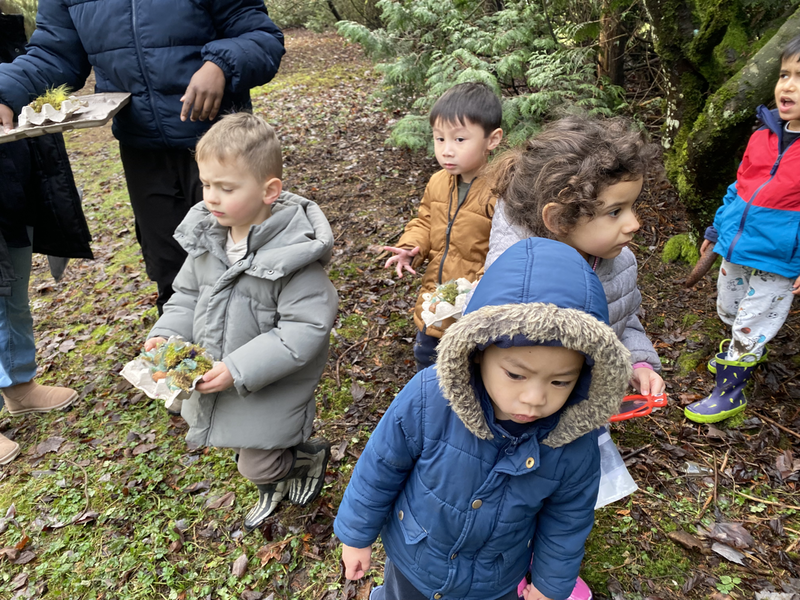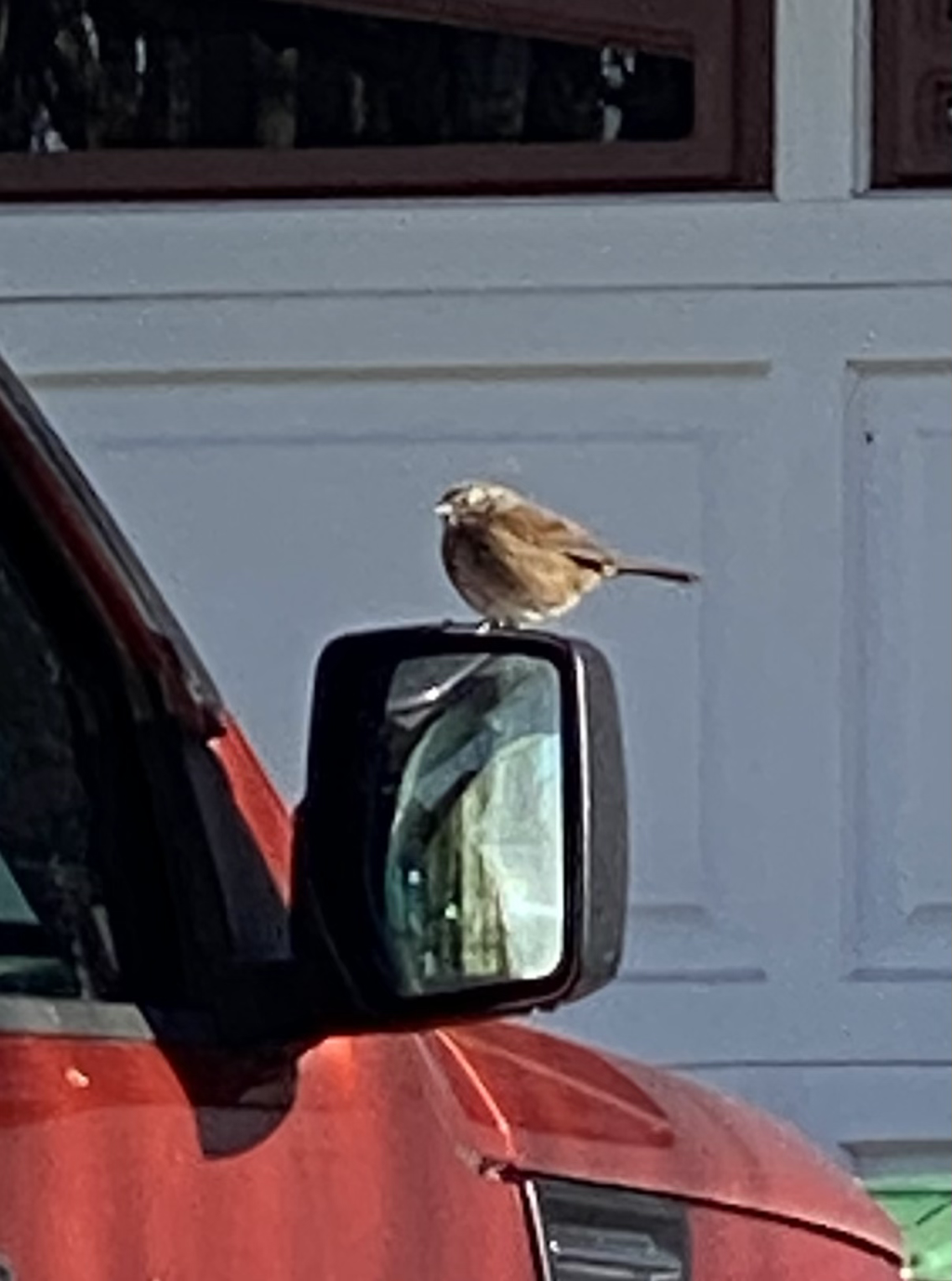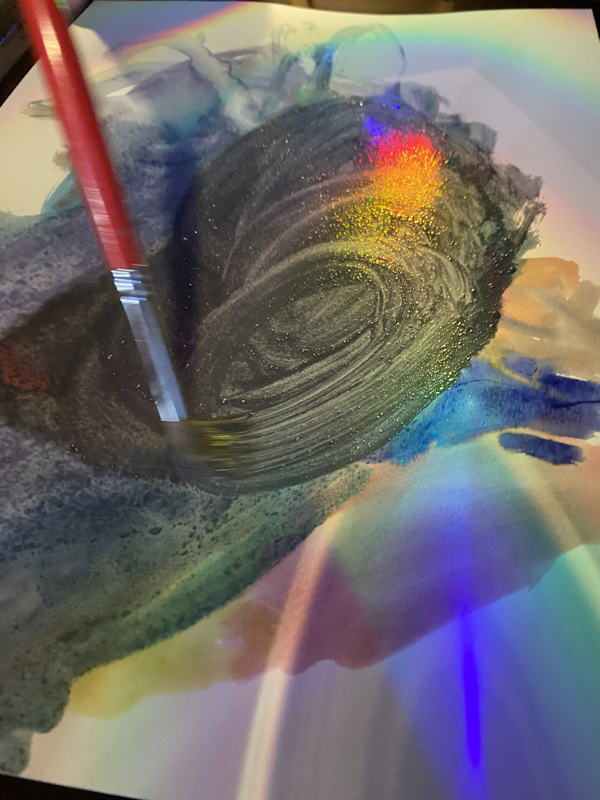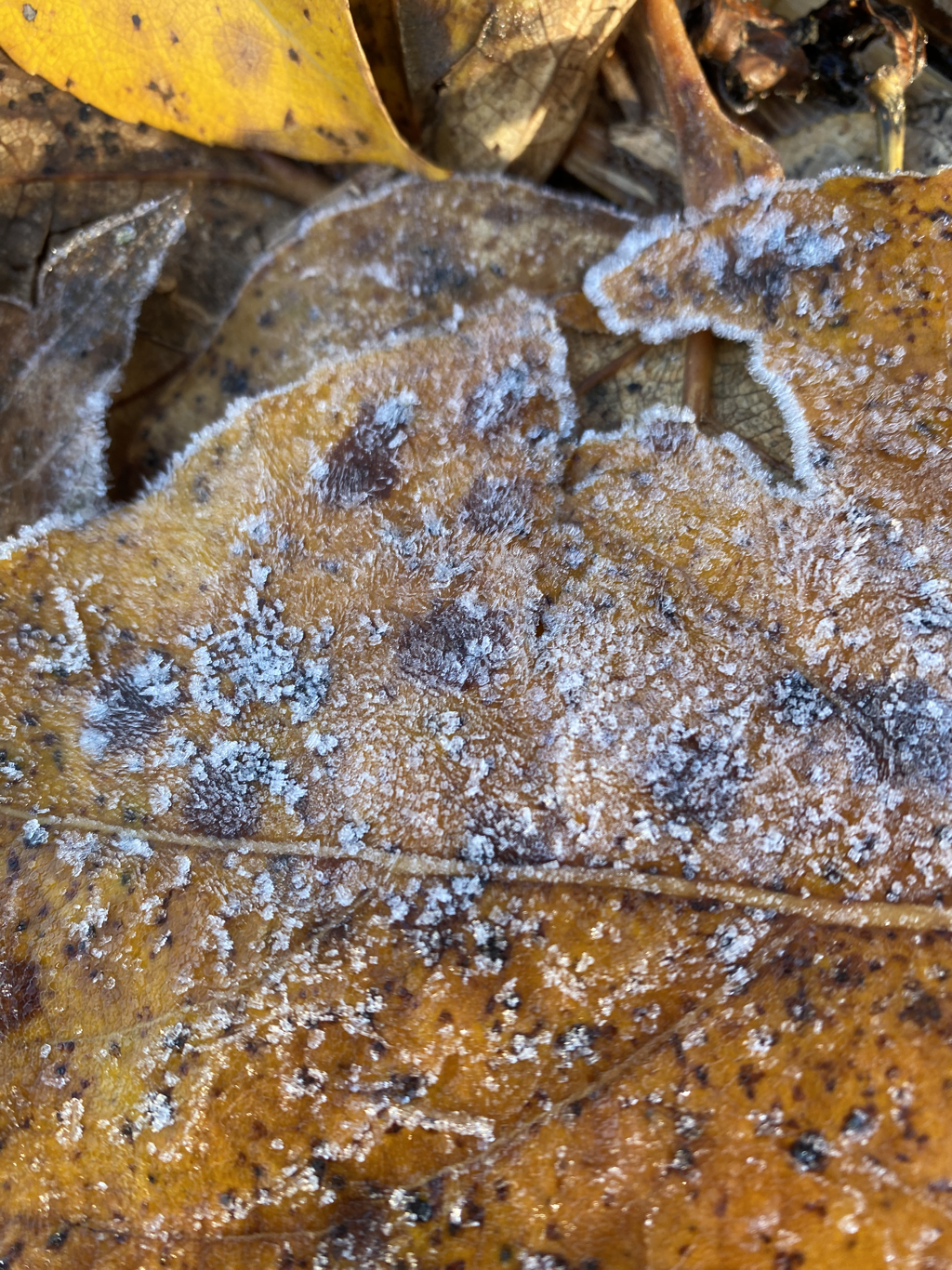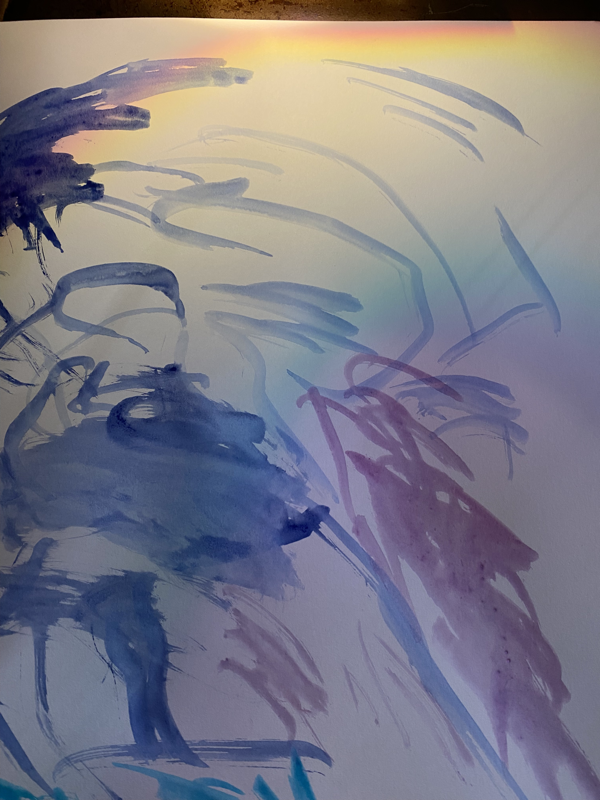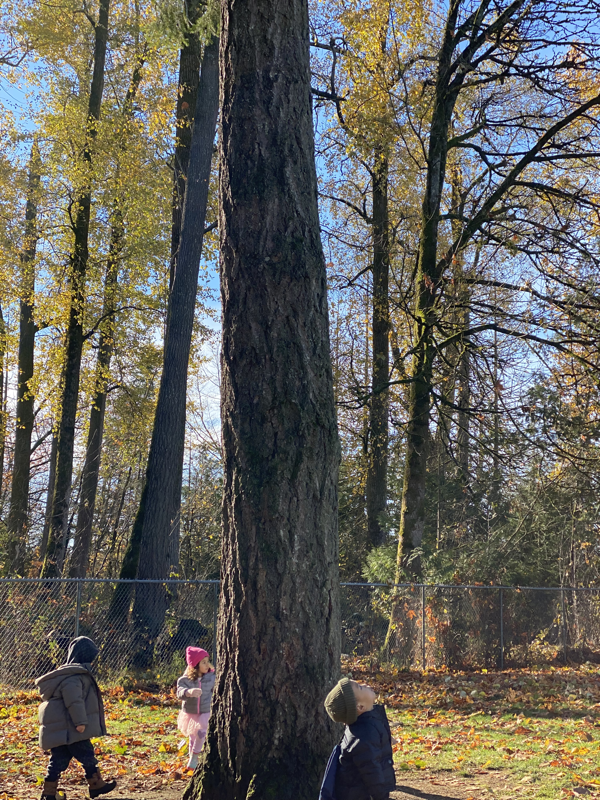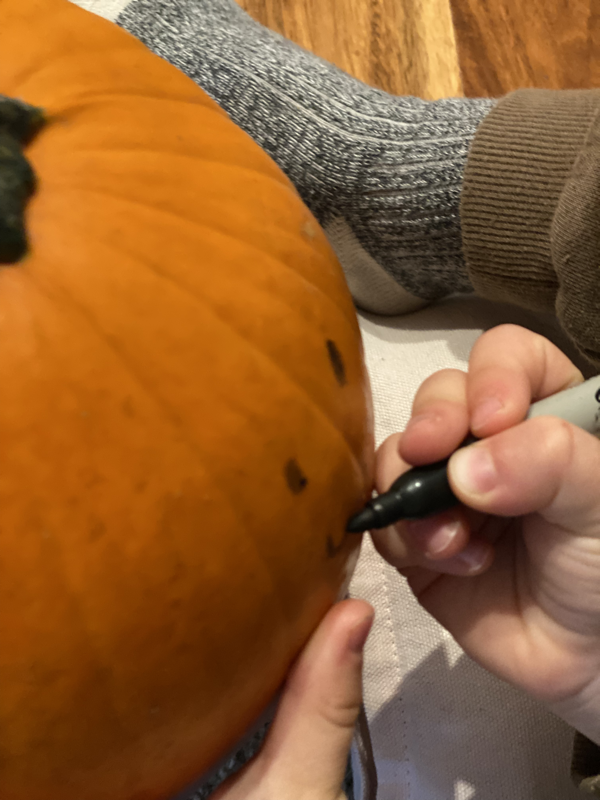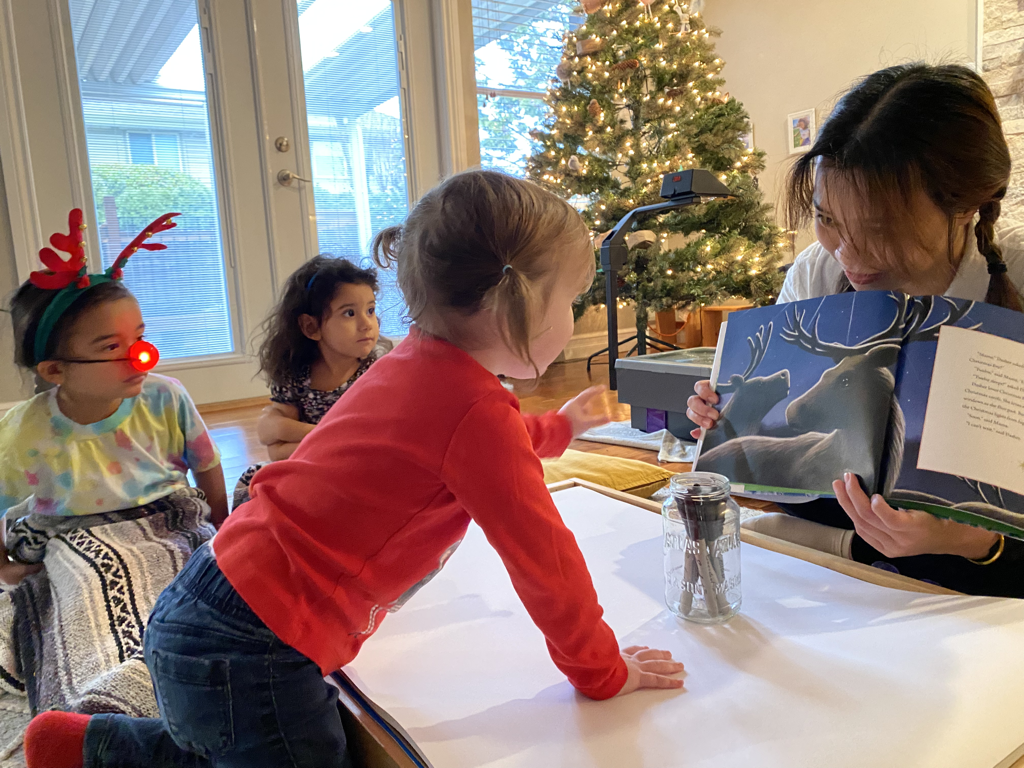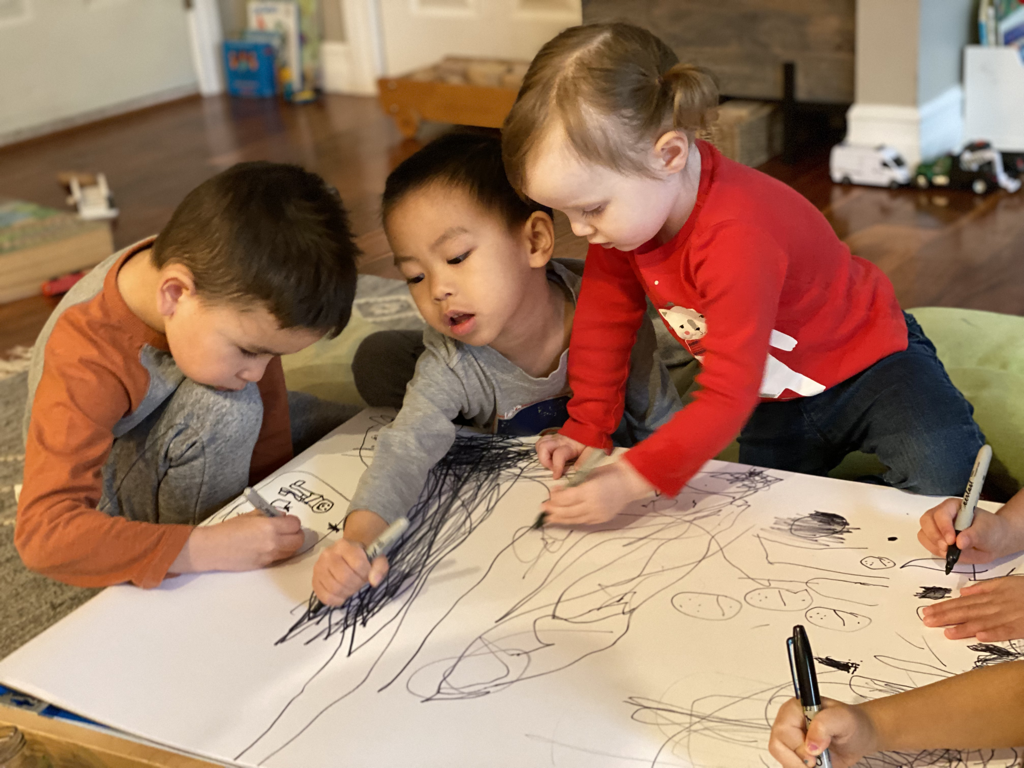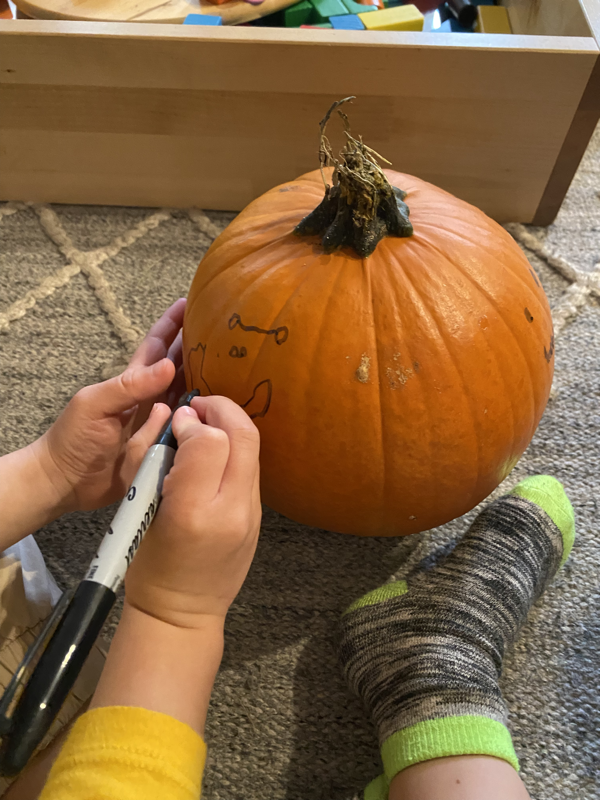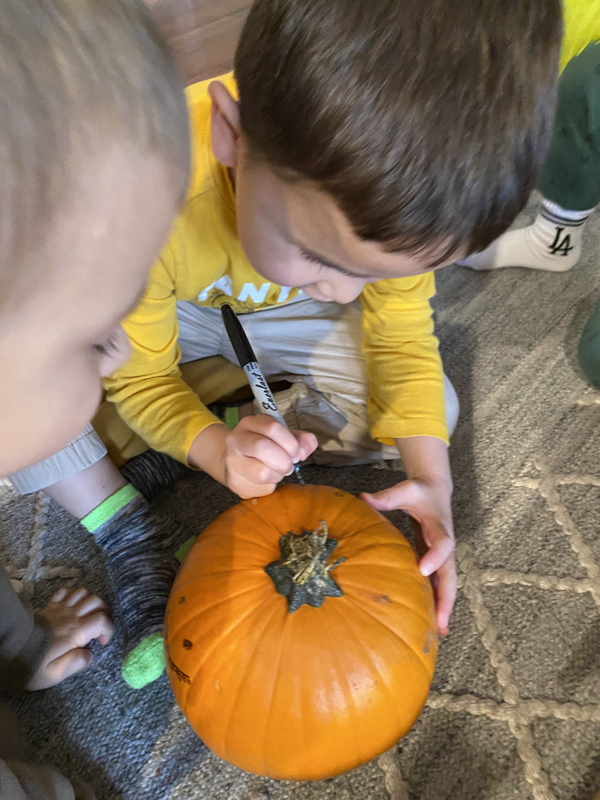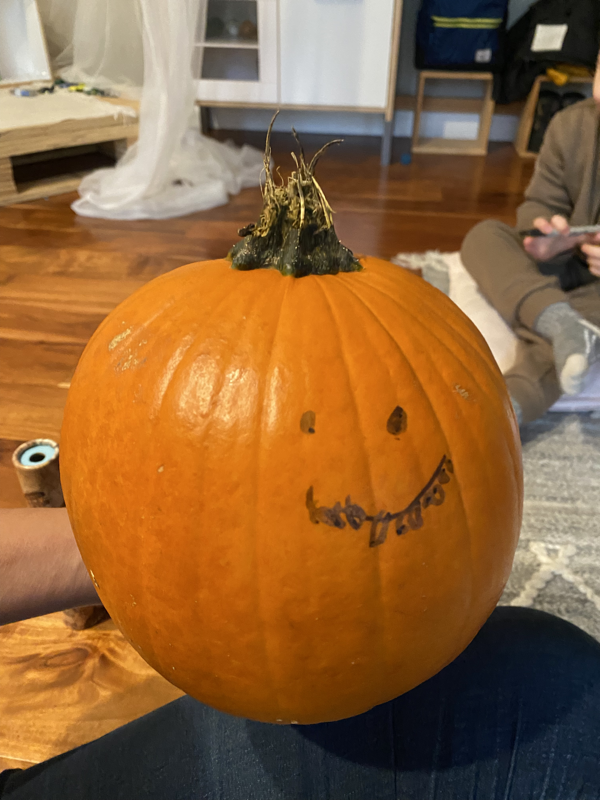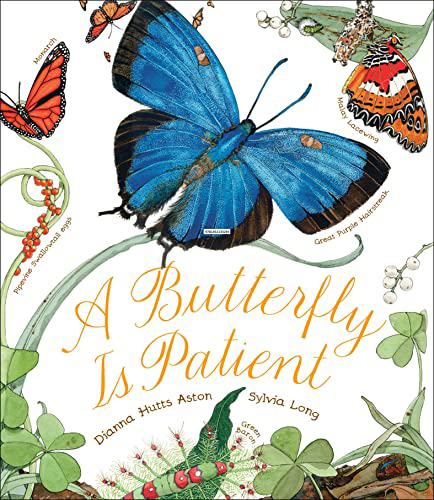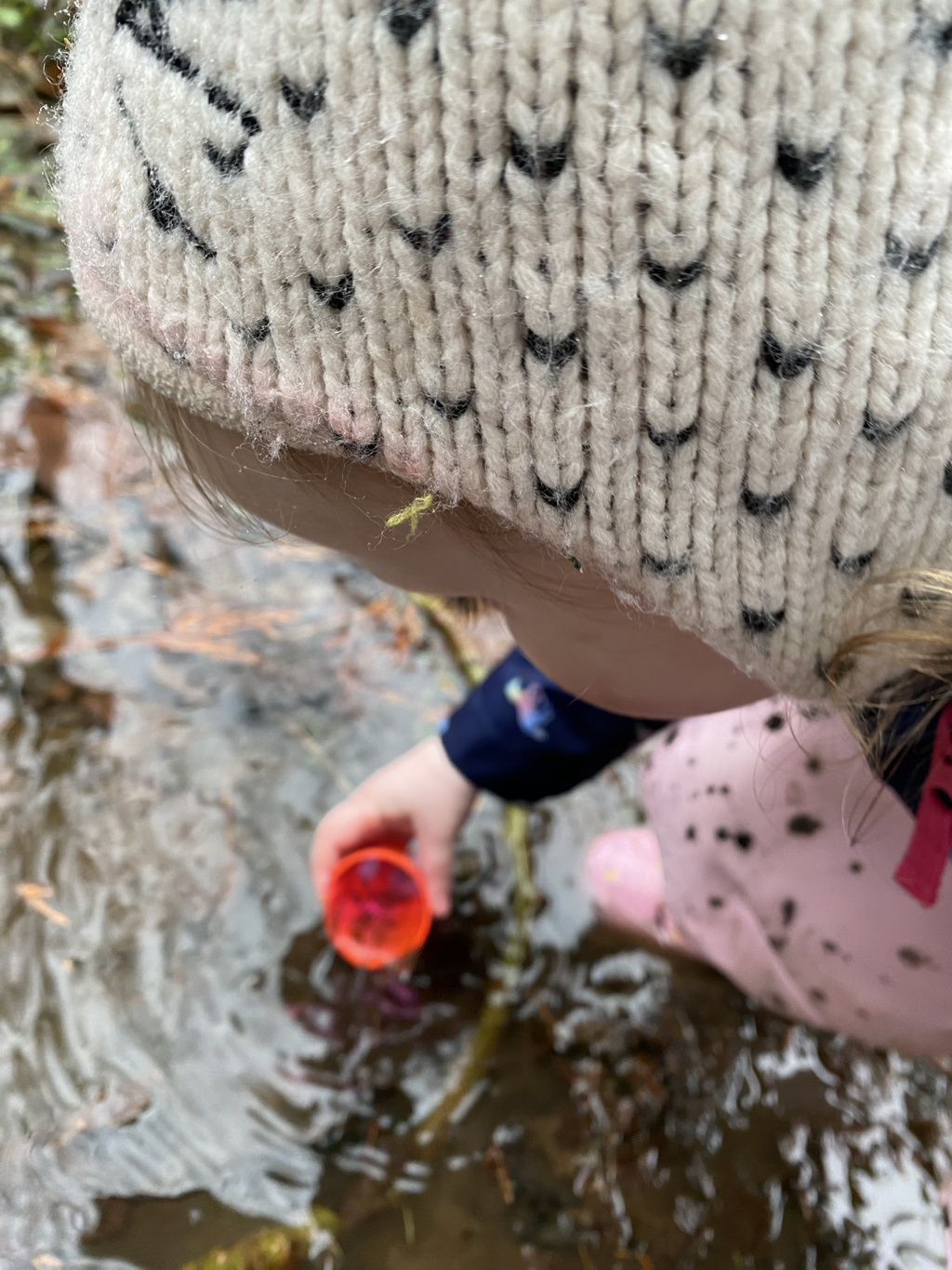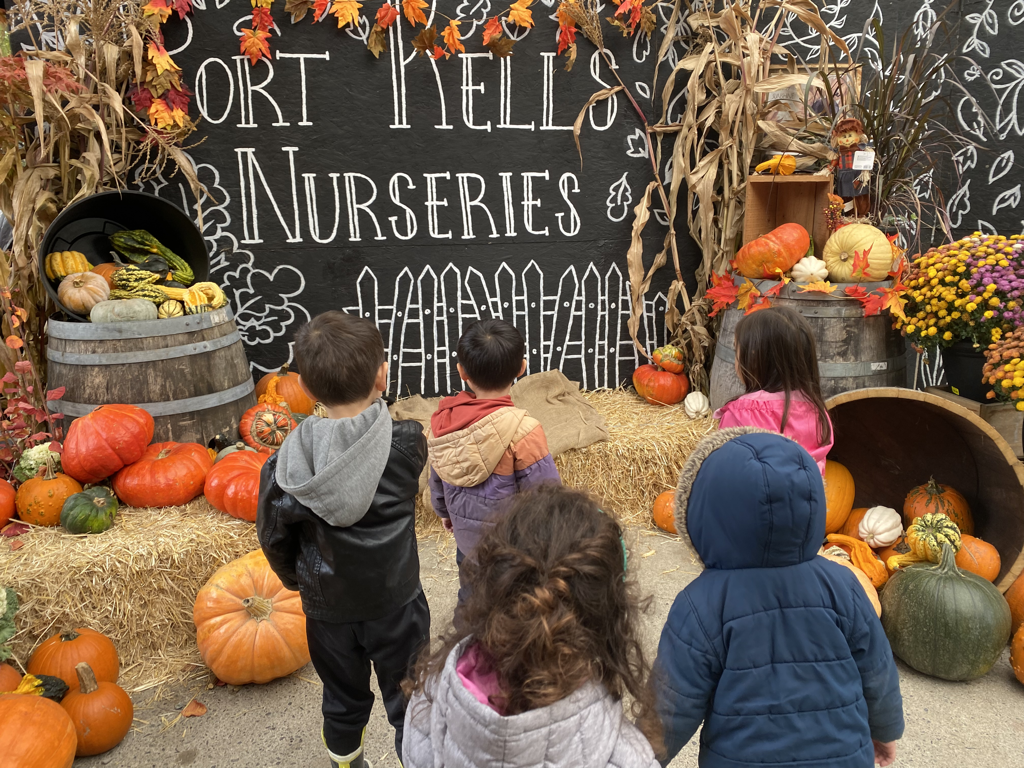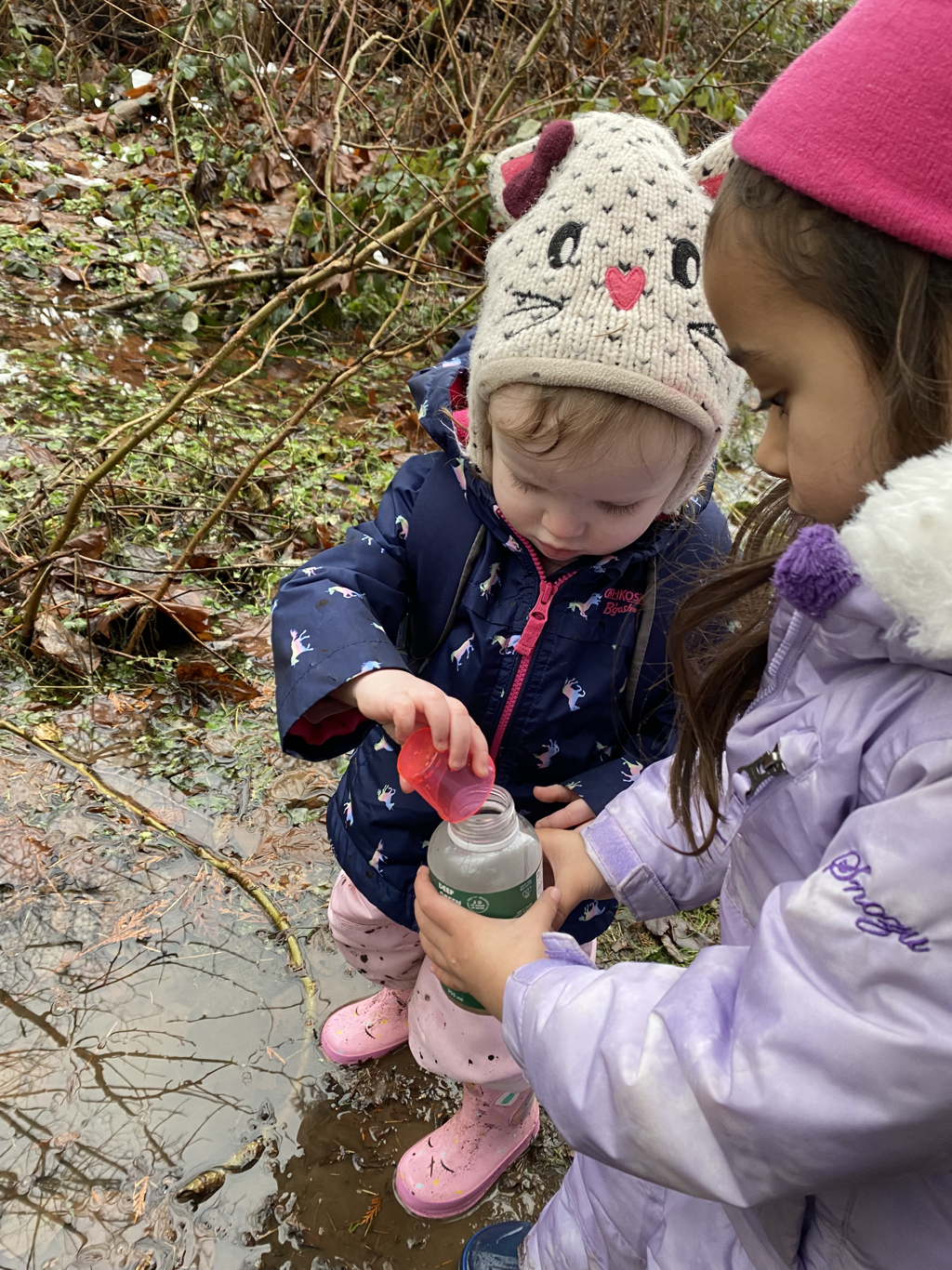|
For the children, it was important to have a choice - not necessarily of which app to use, but the choices within the app were important for the children; for example, in open-ended apps, they could create own content, unlike in closed apps that focused on drills and practice (Dunn et al. 2018). Brooks manipulates a mouse to control the cursor on the drawing apps to create various two dimensional lines as a pumpkin. The multimodal affordances of the open-ended apps, such as photos, videos, drawings, texts and audio recordings, allow us to communicate, collaborate, explore and create connections that are meaningful to us. For example, Vivaan, who is being away on his vacation time, takes a proactive role in participating in our ongoing inquiry by sharing his views via technology. By actively listening to children's opinions as they interact with materials designed for them, the researcher as co-learner engages in a mutual exchange of information that has the capacity to improve teaching and learning and allows decisions to be made with children and not just for them (Clark, 2010; Danby and Farrell, 2004: Lundy, 2007). Based on our exchange of information, we pose questions to ponder the information we have put forward to ourselves :
Simply put, we pose a question when we are not expecting an answer. We often leave the question out there for us to think about overtime and potentially come back with a response later. Nora notices a reflection of a rainbow when she comes closely to the fish tank. This serendipitous moment invites us to further our interest by experimenting a projection of a rainbow. We decide to take our excitement and interest in this provocation of engaging a source of light to shine onto a CD and see the reflection onto a piece of white paper. I am painting blue - Lukah The white light from the light is made up of seven different colors (red, orange, yellow, green, blue, indigo, and violet). Felix is layering one color over another. He chooses to represent the rainbow by mixing colors on the paper. Margo uses her hand to manipulate a brush in creating arches. Line by line is being intentionally shaped to represent a fragment. Nora experiments to paint lines of any size, shape and thickness. She places lines beside each other or layer them perpendicular to each other. As a result, she gets crisp or freeform lines. In finding out the characteristics of her shadow, Emily interactively engages sense of touch. She is observed to bend down to touch and changes her positions, even walking backward, to make connections to the different ways shadow work. We too take this opportunity of the beautiful sunshine to chase our own or others’ shadows. Another fun way to relate to how shadow works by tagging our shadows. We figure ways to block different light sources with different objects at different angles will create different kinds of shadows. As an extension of our pumpkin, each one of us add characters or features onto it. With support, we carve it with carving tools toward the end. Some of us dig deeper to pull out the seeds and put a fairy light inside it to keep it glowing! The excitement during our field trip to the Pumpkin Patch is apparent. Lifting heavy pumpkin becomes a fun challenge to work on strengthening our muscles :). Finding out our ways inside the cedar maze motivates our spirit of teamwork. Till the next one! Kindest,
Children & Friends.
0 Comments
|
No part of this publication may be reproduced, distributed, or transmitted in any form or by any means, including photocopying, recording or any other electronic or mechanical methods, without the prior written permission of the publisher.
Archives
July 2024
|
